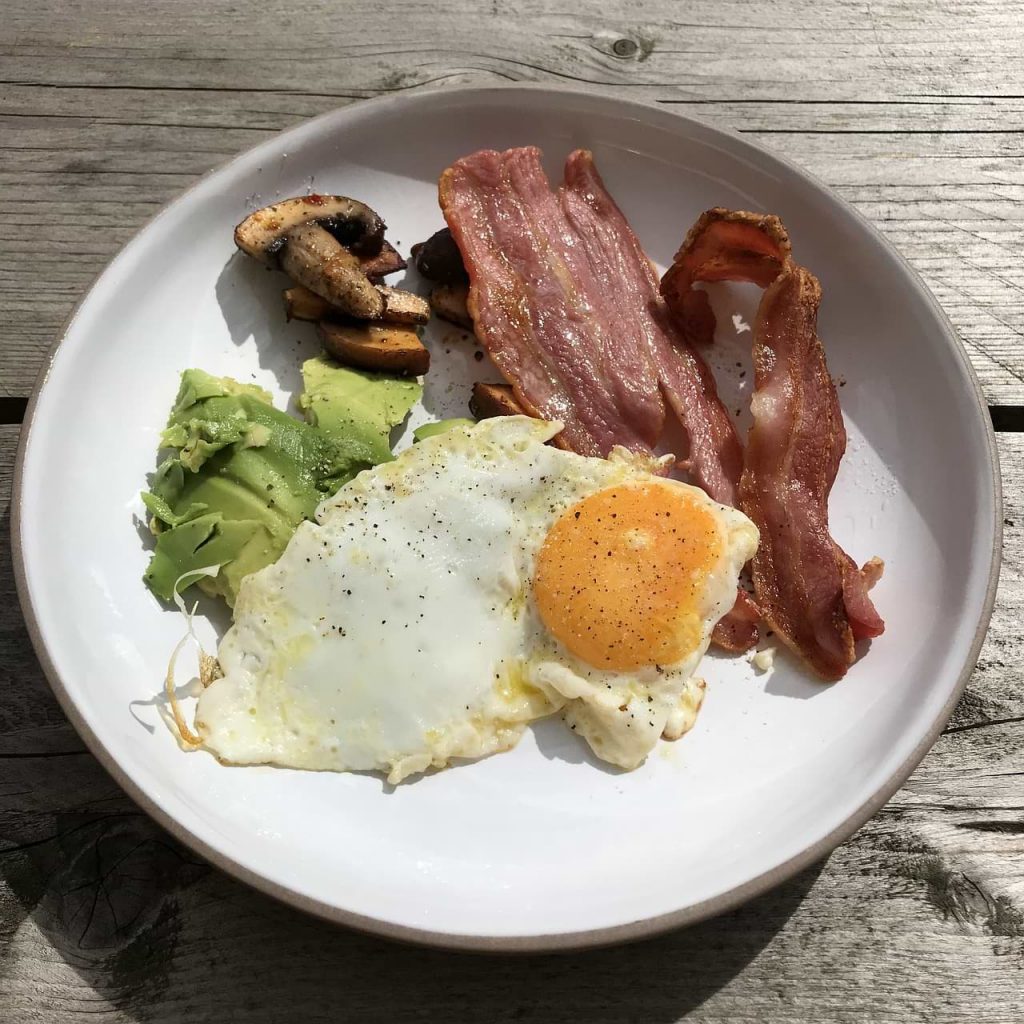Healthy diets are all the rage these days, and two of the most popular ones right now are the paleo diet and the keto diet.
These diets offer several health benefits that have made them popular choices for people looking to improve their overall health. They also promote optimal health for people who follow them.
What makes these two diets so popular and what are the differences between them?
What is the Paleo Diet?

The paleo or paleolithic diet is based on the idea that people should eat the same way as early humans living in the Paleolithic Era. These early human diets encourage the consumption of mostly whole, unprocessed foods like meat, fish, vegetables, fruits, nuts and seeds.
The idea is that by avoiding modern processed foods, people can prevent the health problems that come with them.
What is the Keto Diet?

The ketogenic or keto diet is a bit different. This diet focuses on achieving ketosis, where the body begins to burn fat for energy instead of carbohydrates.
The diet requires a very low carbohydrate intake, very high fat intake and moderate protein intake to achieve this state.
A ketogenic diet can be challenging but effective for weight loss and some health conditions. It can also help people lose 30 pounds in just a couple of months. However, be sure to talk to your nutritionist or doctor if you plan on losing that much weight quickly.
Similarities and Differences Between Paleo and Keto
There are some similarities and differences between the paleo and keto diets. Both encourage the consumption of healthy foods while avoiding unhealthy ones. Here’s a closer look at the similarities and differences between the two diets:
Paleo vs. Keto: Similarities
Both the paleo and the keto diets are based on the idea of consuming whole, unprocessed foods. Paleo and keto highlight the consumption of seeds, nuts, eggs, seafood, avocado oil, and unprocessed meats.
These diets also eliminate or severely restrict certain food groups, such as grains, dairy, and legumes. They also focus on the consumption of healthy fats and proteins, as well as non-starchy vegetables.
Paleo vs. Keto: Differences
There are also several key differences between paleo and keto. One of the most significant differences is the number of carbohydrates each diet allows.
The keto diet is a low-carb diet, while the paleo diet is a moderate-carb diet. This means that on the keto diet, you’ll need to consume fewer carbs than you would on the paleo diet.
Another critical difference between paleo and keto is that the keto diet requires you to achieve a state of ketosis, while the paleo diet does not. Achieving ketosis on the keto diet can be challenging, and it may need you to change your eating habits significantly.
It’s also important to note that the keto diet is not suitable for everyone and may not be safe for certain people with health conditions.
The macronutrient ratio each recommends is another difference between the paleo and ketogenic diets. Paleo diets recommend a higher intake of carbohydrates than keto diets. In contrast, the keto diet recommends a higher intake of fats.
Keto vs. Paleo: Which Diet is Harder to Follow?
Following a diet is challenging. But choosing between keto vs paleo can be tricky.
Regarding following these diets, keto is often considered more difficult because it requires a high fat intake and eliminates several food options. Keto diets also need a very strict carb intake, which can be challenging to maintain.
On the other hand, paleo diets are sometimes seen as easier to follow because they have more flexible food choices. However, both diets can be difficult to maintain long-term.
Both the paleo diet and the keto diet have their pros and cons. Paleo is a more flexible diet, while keto may be more effective for weight loss and some health conditions.
Is the Paleo Diet Unhealthy?
A paleolithic diet isn’t automatically unhealthy. The problem is that when people go paleo, they often cut out entire food groups. This can lead to nutrient deficiencies over time.
But people should remember that the paleo diet is high in saturated fats from animal protein sources. This can increase cholesterol levels and the risk of heart disease over time.
The paleo diet is a moderate-carbohydrate, high-protein diet that eliminates or severely restricts several food items. The keto diet is a low-carb diet that requires a very high fat intake.
Both diets have pros and cons, and neither is suitable for everyone. Choose the diet that you can stick to long-term.
Building Muscles – Keto vs. Paleo
Both the paleo and keto diets can help if you’re looking to build muscle.
Paleo diets are typically high in protein, essential for muscle growth. They also eliminate processed foods, which can be inflammatory and reduce recovery time. The high protein intake on a paleo diet encourages muscle growth.
The keto diet can also help build muscle, but it may not be as effective as the paleo diet. Ketosis promotes protein synthesis and encourages the body to burn stored fat for energy. This can lead to rapid muscle growth.
But this low-carb diet decreases glycogen levels in the body. Glycogen is a source of energy for muscles, so fewer glycogen stores can lead to fatigue during workouts. This can make it more challenging to build muscle on a keto diet.
So, if you’re looking to build muscle, the paleo diet may be a better option than the keto diet.
Food Options for Keto and Paleo Diets
Both the keto diet and paleo diet have restrictions on the types of foods that you can eat.
A keto diet can include fish, cheese, eggs, poultry, meat, nuts, seeds and healthful oils. Some fruits and vegetables are also allowed, but they must be low in carbs.
Paleo diets allow for a wider range of food options. You can eat lean meats, seafood, fruits, vegetables, nuts, and seeds.
So the paleo diet may be a better option if you’re looking for a more flexible diet. But if you’re looking for a more restrictive diet, the keto diet may be a better choice.
Dishes for Keto and Paleo Diets
Some people may think a keto diet means you cannot eat delicious foods, but that’s not the case. There are plenty of recipes for keto-friendly desserts and meals. For example, you can try low-carb cauliflower pizza, herbed balsamic chicken and mushroom-stuffed chicken.
Similar to a ketogenic diet, many dishes are paleo-friendly. These dishes include baked salmon with fennel and tomatoes, falafel sandwich and ratatouille with poached eggs.
Which is Healthier Keto or Paleo?
The decision comes down to your preferences and goals. If you’re looking to lose weight naturally, both diets can be effective and offer numerous health benefits.
Some people find the restrictive nature of the keto diet difficult to follow long-term. In contrast, others find the lack of variety in the paleo diet overly restrictive.
Both diets have been shown to offer health benefits, so it comes down to which one you think you can stick with for the long haul.
The paleo diet may be better if you want to improve your overall health. This is because the paleo diet recommends a higher intake of vegetables, which is an integral part of a healthy diet.
The keto diet also has some potential health risks that you should consider before starting this diet. These risks include kidney stones, constipation, and nutrient deficiencies.
Choosing between a paleo and keto diet can be difficult. Ultimately, the best diet is the one you can follow for a long time. Before starting any diet, you must consult your doctor to ensure it’s the right choice.



